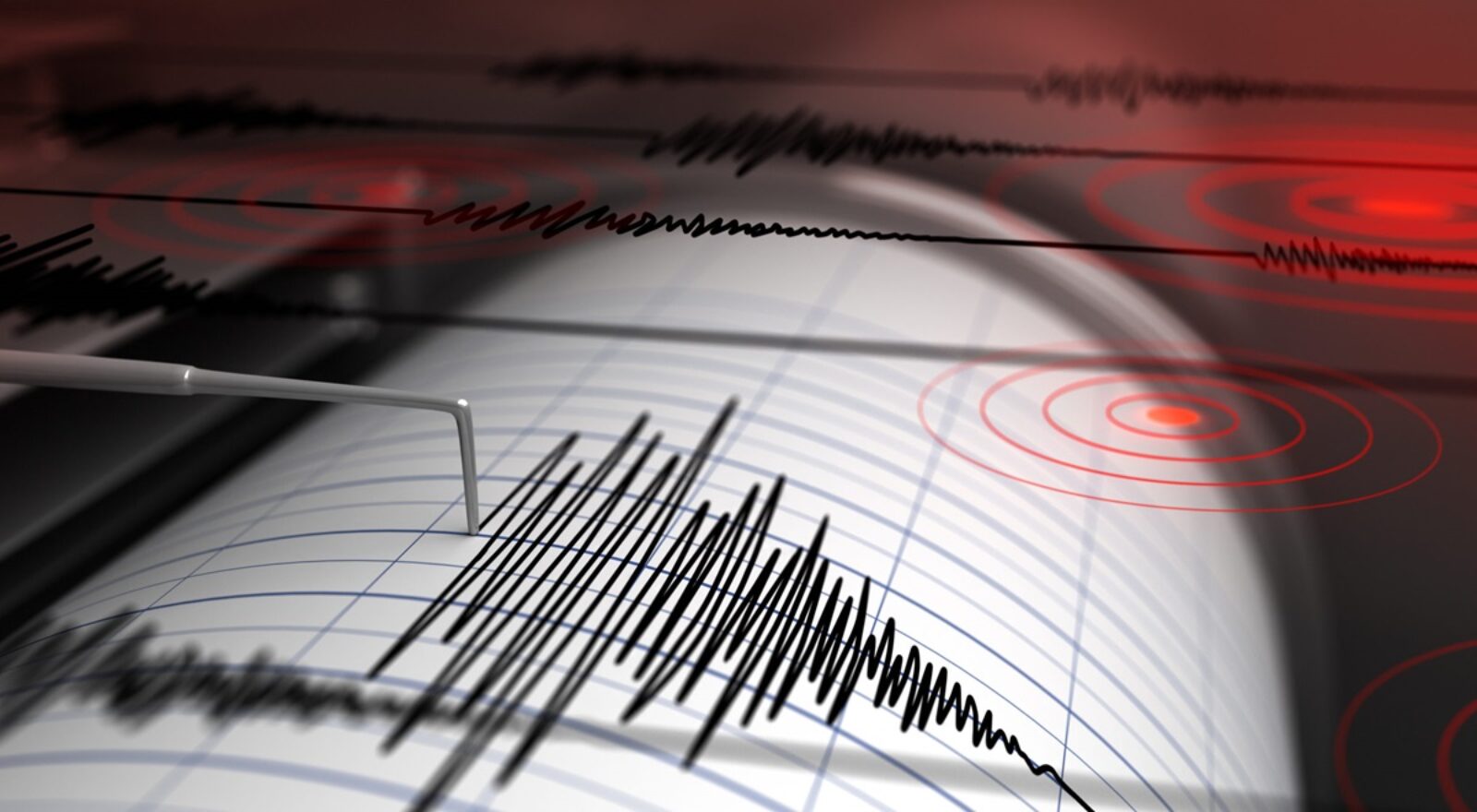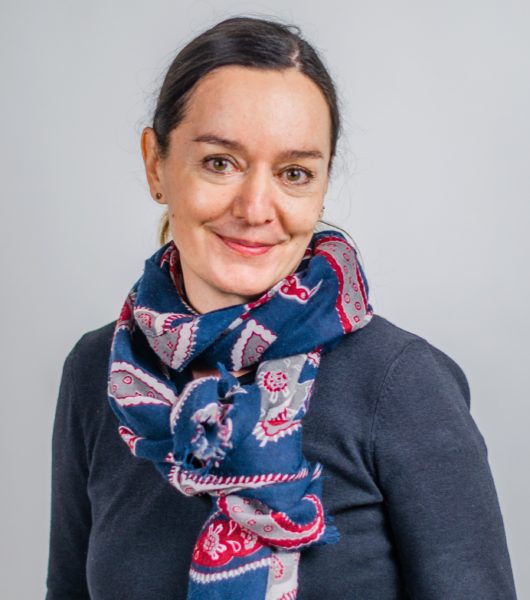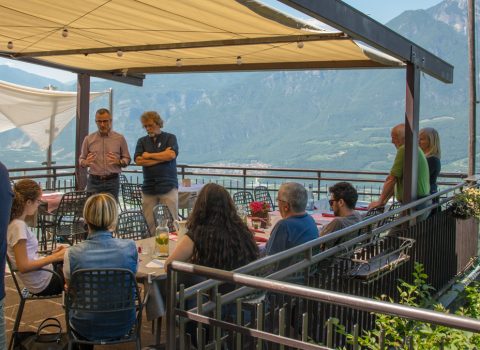The results of the SismaSens project for realtime earthquake monitoring.
The results of the project involving four Trentino high schools presented at FBK in Povo
Plenary meeting on December 6, 2023 at FBK in Povo for the classes of Trentino high schools that participated in the SismaSens project, dedicated to the topic of monitoring seismic activity as a tool for warnings and early assessment of post-event damage.
The more than one hundred students involved, from Liceo A. Maffei (Riva del Garda), Liceo A. Rosmini (Rovereto), ITT G. Marconi (Rovereto) and ITT M. Buonarroti (Trento), discussed the results of their work – which began in October 2022 – and showed the activities they have carried out, at the Foundation’s Stringa Hall.
“The project,” Claudia Dolci, head of FBK’s Research and Innovation for Schools Unit, said “was based on the DomoSens model, an innovative model introduced by FBK five years ago in Trentino schools, which involves assigning activities to classes based on their school majors, closely followed by external tutors, who then collaborate on the overall development of the program. This is an innovative teaching model that realistically simulates the operations of interconnected business departments to work toward a common outcome. Since 2017, we have overseen more than 20 projects, involving about 3,000 students and more than 40 project partners. We are confident that these projects, by now established experience, can become proposals that offer tomorrow’s generations the opportunity to continue to acquire fundamental knowledge and make it available in the school curriculum to obtain those skills required today in the new work models”.
Specifically, SismaSens involved the installation of sensors in buildings to create a monitoring network, several square kilometers in size, of earthquake damage in order to assess it in real time and accurately direct immediate relief action. Thanks to the collaboration and sponsorship of the respective municipalities, 6 monitoring stations were installed in Rovereto and 4 stations in Riva del Garda.
The project, coordinated by Fondazione Bruno Kessler, was carried out thanks to co-funding from the Fondazione Caritro and the cooperation of scientific and institutional partners such as the National Institute of Oceanography and Experimental Geophysics in Trieste, the University of L’Aquila, the University of Trento, the Autonomous Province of Trento and A10SiTech in Milan.
In detail, with the support of science tutors, the classes worked on the following aspects:
THE SCIENCE OF EARTHQUAKES – The fourth year classes of the science and applied sciences courses at Liceo Maffei and Liceo Rosmini held geophysics workshops with the aim of studying seismic phenomena from the analysis of seismic waves. The vibrations produced were recorded and analyzed by means of loudspeakers used as sensors. Dedicated lectures and meetings with experts from the OGS Institute in Trieste helped participants delve into the geophysical and geological aspects in general and the structural characteristics of the Upper Garda area.
THE DEVELOPMENT OF A SEISMOGRAPH – This experimental program, undertaken under the supervision of PAT professor Alberto Lui, an associate professor with the University of Trento, led to the construction and installation at school of a vertical educational seismograph that uses an arduino board with related software. Sensed data are collected and shared on a network between the schools and other entities using the jAmaSeis acquisition software, allowing the approximate determination of the epicenter.
THE SHAKE MAPS – Class 5AI Big Data of ITT Marconi collaborated in the installation of a first network of sensors to detect magnitude and distribution of accelerations and maximum velocities (Peak Ground Acceleration and Spectral Intensity) due to seismic quakes in real time. The data collected can be used to compose “shake maps”, tools that are potentially useful in an early response phase, but also in planning preventive actions. A web application with open source technologies (HASSIO, GRAFANA, NODE-RED, MOSQUITTO) and standard languages (yaml, C++, html, css, and javascript) for geospatial visualization of the earthquake was created.
BUILDING AND EARTHQUAKE – ITT Buonarroti’s C.A.T. fourth-year classes designed buildings in seismic zones using X-lam wood panels. This construction method responds positively to the stresses caused by earthquakes and provides greater environmental sustainability. Lectures and online meetings with University of L’Aquila Prof. Fragiacomo provided an in-depth look at the issues of earthquake effects on buildings in Italy and allowed for the understanding of the best construction strategies in seismic zones. The students visited the X-lam Dolomiti and Rothoblaas companies.



